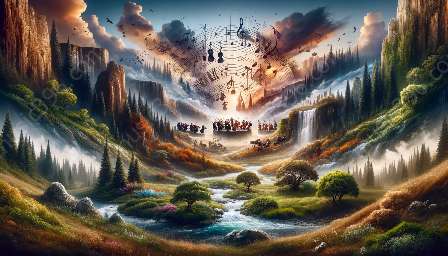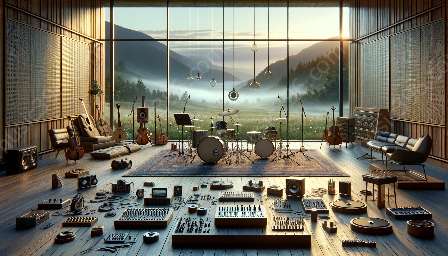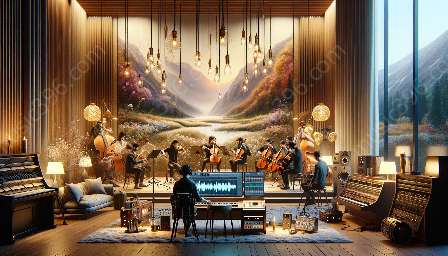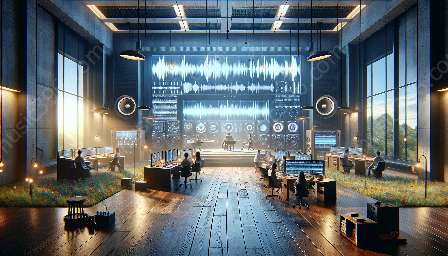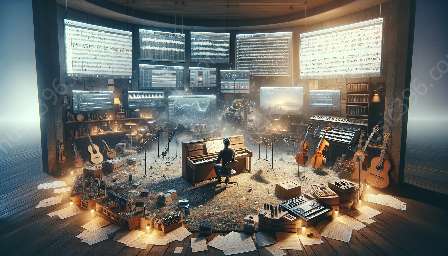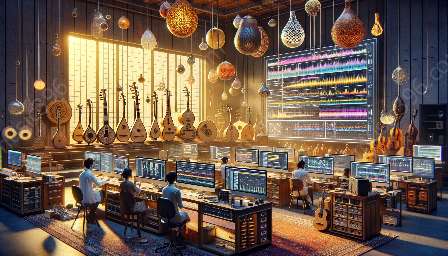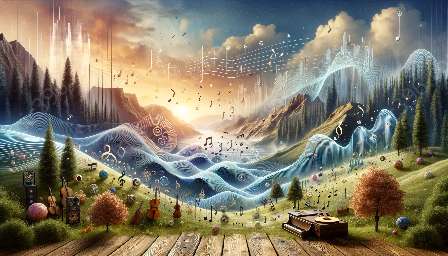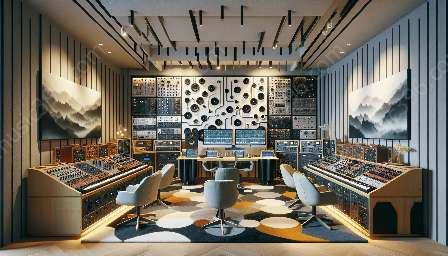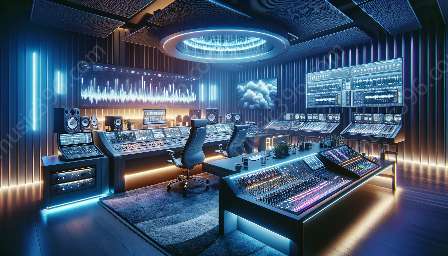Music production software offers a range of tools and features that can be used to enhance creativity in composition. By using these software tools, composers and musicians are able to experiment with new sounds, create unique arrangements, and bring their musical ideas to life with greater ease and efficiency. In this article, we will explore how music production software can be utilized to inspire and empower creativity in composition, while delving into the analysis of production techniques and music analysis.
Understanding Music Production Software
Before delving into how music production software can enhance creativity, it’s important to understand what these software tools are and how they work. Music production software, also known as digital audio workstations (DAWs), provides a platform for recording, editing, mixing, and producing music. These programs offer a wide range of features including virtual instruments, synthesizers, drum machines, samplers, audio effects, and more. They enable composers and producers to create, arrange, and manipulate sounds in a digital environment, offering an extensive toolkit for musical experimentation and creation.
Exploring Creativity with Virtual Instruments
One of the key ways in which music production software enhances creativity in composition is through the use of virtual instruments. These software instruments replicate the sounds of traditional instruments, as well as offer unique and experimental sonic possibilities. Composers can explore a vast array of virtual pianos, guitars, strings, brass, and percussions, among various other instruments, to craft their compositions. Additionally, virtual synthesizers provide an immense range of electronic and synthesized sounds, allowing for the creation of entirely new and innovative timbres.
Furthermore, the flexibility of virtual instruments enables composers to experiment with different playing styles, articulations, and expressive nuances. Through the use of MIDI controllers and automation, musicians can manipulate the dynamics, pitch, and timbre of virtual instruments, adding depth and realism to their compositions. This level of control fosters a deeper connection between the composer and the music, encouraging more expressive and emotive performances.
Utilizing Production Techniques for Creativity
Music production software offers an extensive range of production techniques that can elevate the creative process in composition. Composers and producers can delve into audio editing, time stretching, pitch shifting, and audio quantization to manipulate and transform recorded sounds. These techniques open up a world of creative possibilities, allowing for unconventional sound design and rhythmic experimentation.
Additionally, the integration of audio effects within music production software provides further avenues for creative expression. Reverbs, delays, modulation, saturation, and other effects can sculpt the timbre and spatial characteristics of sounds, bringing depth, movement, and texture to compositions. By harnessing these tools, composers can craft immersive sonic landscapes that captivate and transport the listener to new musical realms.
Enhancing Workflow and Efficiency
Beyond the creative tools they offer, music production software enhances composition by streamlining workflow and increasing efficiency. These programs provide intuitive interfaces and workflow enhancements that empower composers to stay focused on their musical ideas. Quick access to virtual instruments, audio libraries, and project templates allows for rapid idea generation and exploration.
Moreover, the ability to instantly audition and manipulate different musical elements in the software environment enables composers to make informed decisions and iterate on their compositions with ease. The convenience of non-destructive editing ensures that musicians can experiment freely without fear of losing their original ideas, encouraging bold and ambitious creative exploration.
Analyzing Music Composition with Software
Beyond the act of composition, music production software also facilitates in-depth analysis of compositions. By visualizing musical elements such as pitch, rhythm, dynamics, and instrumentation, composers gain valuable insights into the structure and characteristics of their compositions. DAWs provide tools for analyzing and manipulating MIDI data, allowing composers to experiment with different chord progressions, melodies, and harmonic structures.
Furthermore, software-based music analysis tools enable composers to study the arrangement and mixing of compositions. By visualizing the frequency spectrum, stereo field, and dynamics of their tracks, musicians can gain a deeper understanding of the overall sonic impact of their compositions. This analysis can inform creative decisions, helping composers refine their arrangements, balance their mixes, and create compelling sonic experiences for their audience.
Conclusion
Music production software serves as a powerful catalyst for creativity in composition. Through the expansive toolkit of virtual instruments, production techniques, and analytical capabilities, composers and producers are able to explore new sonic territories, experiment with innovative production methods, and bring their musical visions to fruition with heightened creativity and intention. By harnessing the capabilities of music production software, composers can embark on a transformative musical journey, where the bounds of creativity are extended, and the possibilities for musical expression are limitless.














